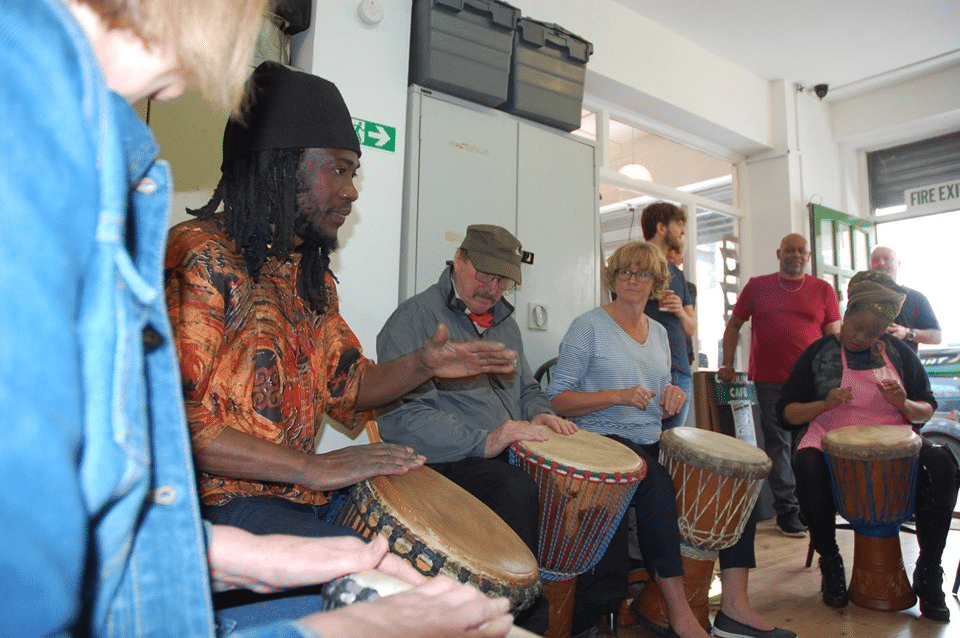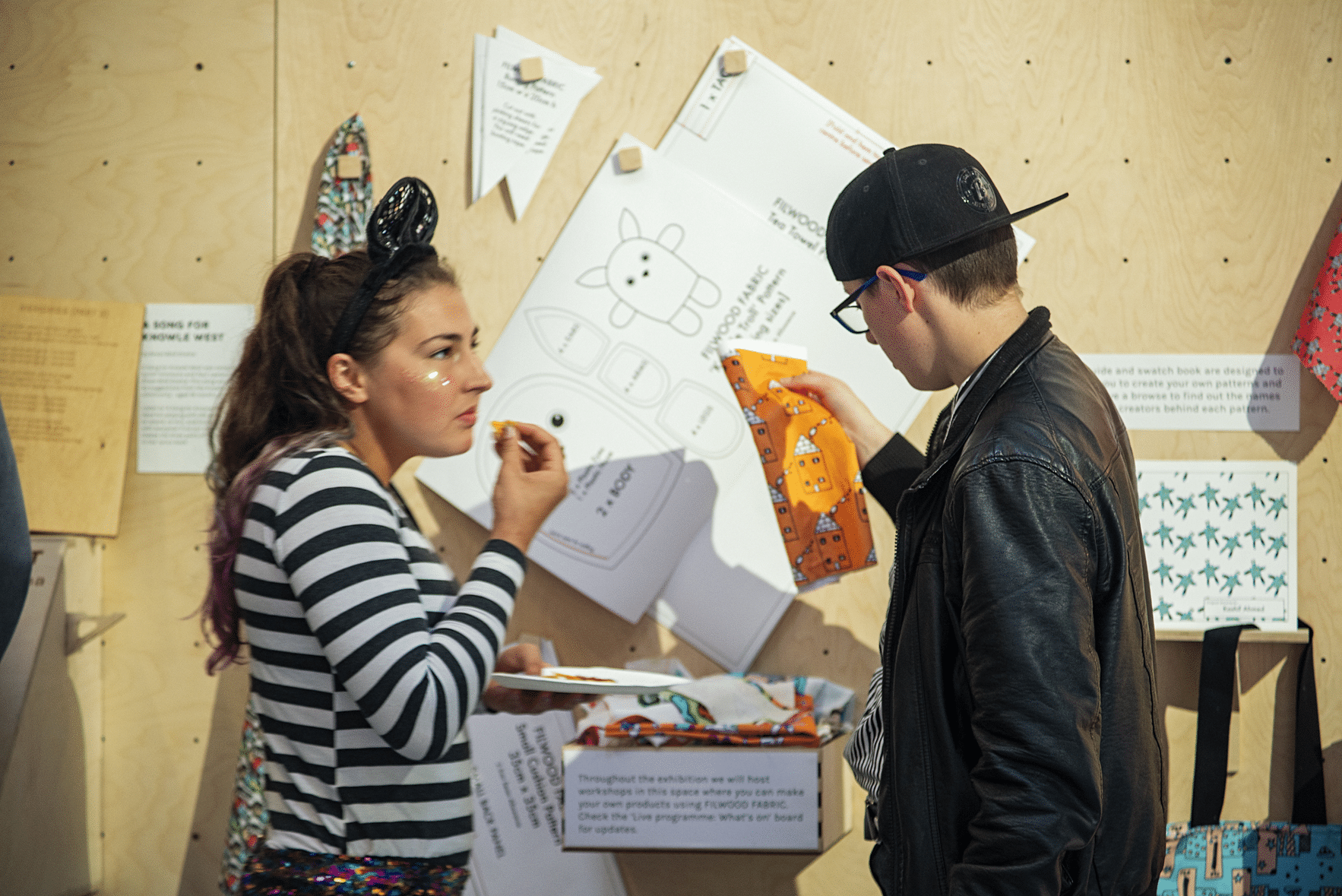Co-Creation and community leadership: Learning from Creative Civic Change
Between 2018 and 2022, Creative Civic Change enabled community-led change in 15 neighbourhoods in England with the greatest need – areas that hadn’t benefited from previous investment and where there was limited social and cultural infrastructure.
Using flexible, long-term funds of £200,000, community leaders in each area were given the time, support and resources to realise their vision for transforming their community using arts and creativity. Modelled on the Big Local programme, this innovative funding model hands over power to communities.
The Calouste Gulbenkian Foundation is proud to fund Creative Civic Change and collaborate with other funders, community leaders and creative practitioners to explore the benefits and lessons from co-creation models.
It has been a flagship project of our Civic Role of Arts Organisations programme, which encourages publicly-funded arts organisations to work with and for their local communities, using the transformational power of art for individual and societal change.

Residents being taught to play African drum, part of a launch event held by Creative Civic Change project Kensington Vision.
When trying to understand what this ‘civic role’ should look like, our initial research identified nine operating principles shared by arts organisations with a strong civic role:
Creative Civic Change reflects and builds on these principles. The project began with a six-month development phase to listen to and understand residents’ needs and ensure that community leaders were empowered and equipped to oversee the work. The projects promoted high quality creative and artistic output throughout, while helping communities develop by providing creative skills training and nurturing new connections between residents, artists, and community leaders.
As a unique but replicable model, Creative Civic Change demonstrates how arts and communities are intertwined and mutually beneficial. It has proven that communities can shape, lead and commission their own arts and creative interventions for positive social change.
Alongside funding Creative Civic Change, the Gulbenkian Foundation has focused on building a movement of civic role changemakers across the UK and internationally – developing cultural leadership, networks, skills and community projects, and raising the profile and recognition of civic arts work through our Award for Civic Arts Organisations.

Residents talking at the launch of Filwood Fantastic, a Creative Civic Change project.
What did we learn from Creative Civic Change?
The Creative Civic Change programme has proven that handing over power and investing in community leadership can deliver results. The project has produced a number of Learning Reports which have been invaluable for the Gulbenkian Foundation, other funders and the cultural sector interested in the benefits of co-designed models.
There has always been a tension in the philanthropic world between ‘hands off’ approaches that embrace uncertainties and more ‘hands on’ approaches with defined outputs. Investing in Creative Civic Change has allowed the limits, benefits and challenges of the co-creation model and principles to be tested. It has provided both the funders and participants with invaluable learning and evidence of the huge benefits we see when we put communities in the lead and trust the co-creation process.
When reviewing Creative Civic Change from participants’ perspectives, the biggest outcomes fall within the ‘harder to measure’, ‘softer’ or ‘intangible’ category – with people citing increased connections, confidence, wellbeing, skills and creativity.
All of these are particularly important given the ongoing cost of living crisis and social and political context in the UK and globally.
Additionally, evidence from various stages of the Creative Civic Change project showed that people’s perceptions and attitudes positively shifted. This shows us how the model can support the Government’s Levelling Up agenda which seeks, among other things, to increase civic pride in place.

Participants of Creative Civic Change projects at a learning event.
Other lessons shared by the Creative Civic Change leads and from co-creation practitioners include:
The programme also raised important questions about the future of community leadership and co-creation work, such as:
Creative Civic Change provides an inspirational and solid evidence base to develop and scale this work further.
About creative civic change
This blogpost was originally published on the Local Trust website.
